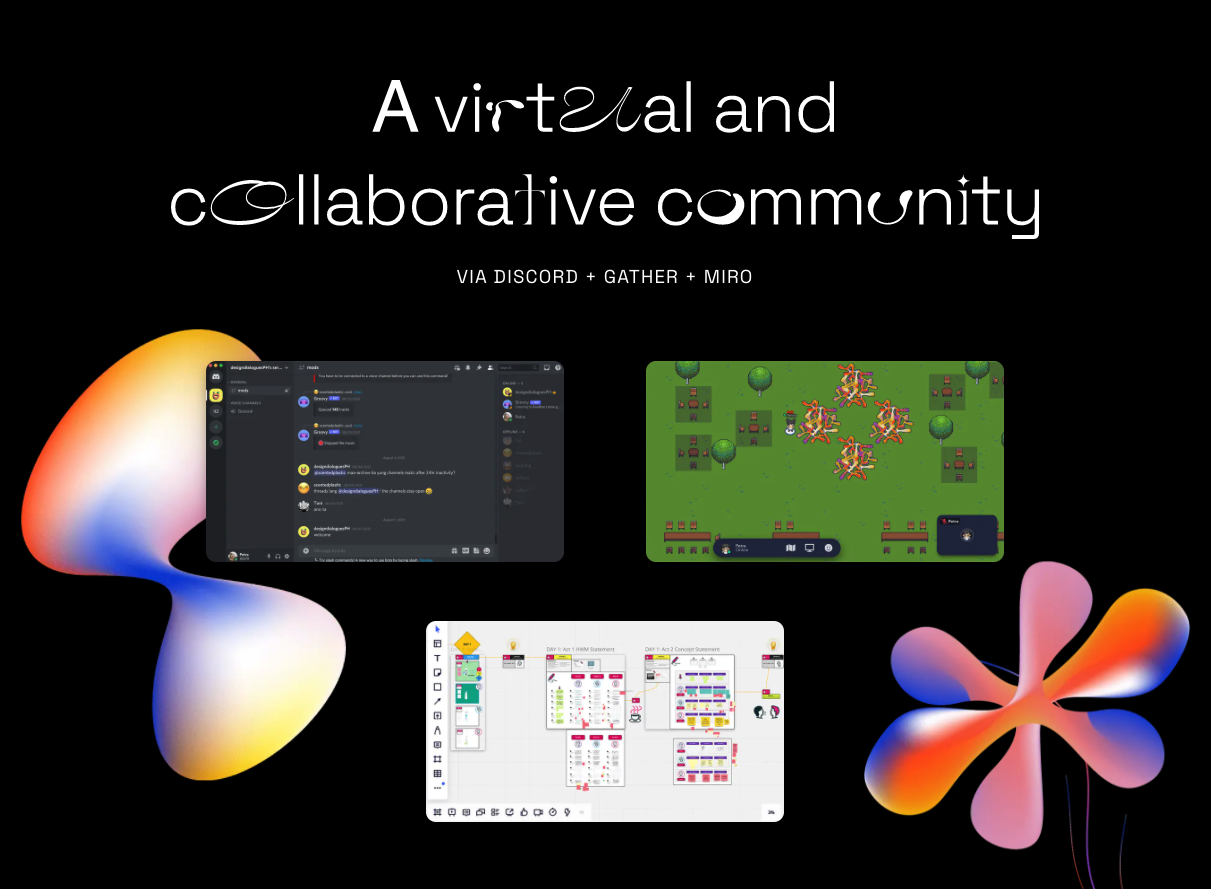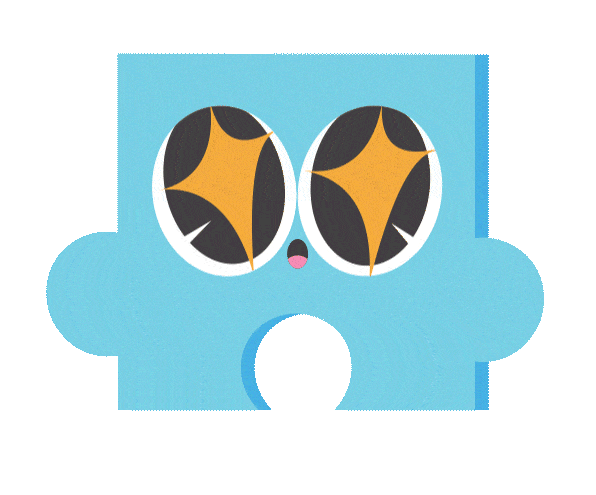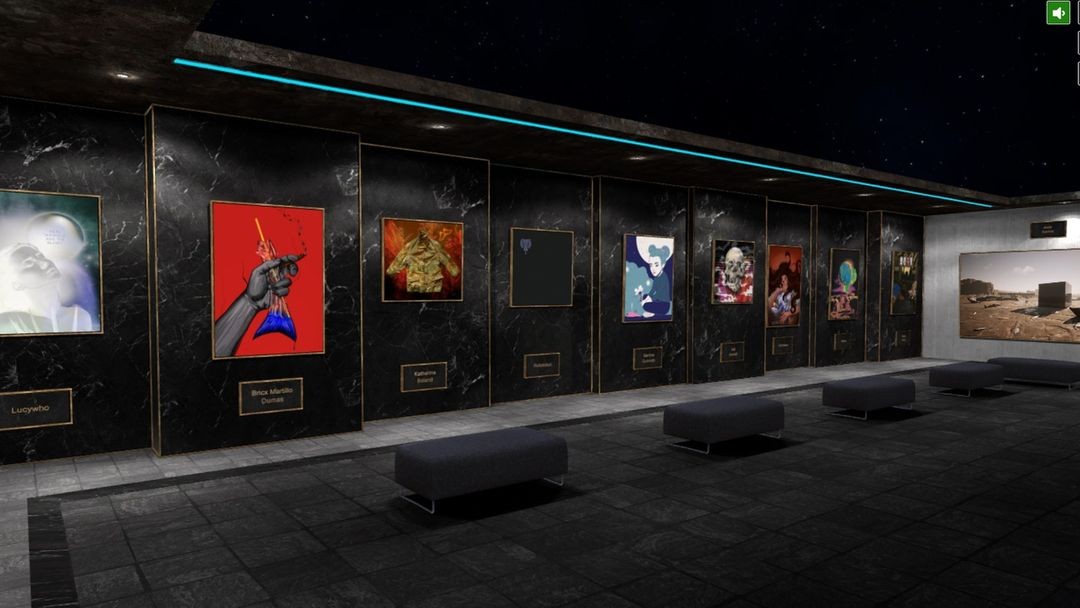
How to design a world in crisis? Design studio And A Half ventured to find out
By Tricia Quintero
October 20, 2021
People associate “design” with visual aesthetics. But, design is more than that. It is a powerful tool that can shape how we and entire economies think, live, and operate.
And A Half Design Studio always believed this. Last October 8, Social Problems are Design Problems (SPDP) discussed the future of design for a world in crisis. This year’s theme was “regeneration through circular design strategies.”
With the dire situation of our planet, exacerbated by the COVID-19 pandemic, how can designers create with restorative and regenerative practices in mind?
Showcasing how circular design can be applied from a micro to macro scale, the event lineup consisted of Carlo Delantar (Altum and Circulo) for product design, Keji Ashizawa (Ishinomaki Lab) & Kay Concengco (Lamana) for business design, Toff De Venecia (Representative, 4th District of Pangasinan) for community design, and Bert Peeters of Cabiokid & Philippine Permaculture Association.
But what exactly is “circular design”?
Tim Brow, CEO of IDEO, defined circular design as creating products and services with the goal of “being made to be made again,” resulting in less waste and more value added to the ecosystem. It means designing not just for users, but also for the systems surrounding them.

Circular Design for Products
Carlo Delantar is the founder of Altum, a circular design and strategy studio. Altum creates connections between business and producers by integrating circular practices into operations, thus advocating for local materials that help local communities.
His approach takes a closer look at what materials products are made of, which is central to any process. “A material has so much potential if it’s not enclosed by just profit,” he shared. The choice of materials dictates the possibility for reuse, refurbishment, remanufacture, and recyclability.
Among his recent work was with the Design Center of the Philippines involving the Bakong plant (Hanguana malayana). Bangkong is a rare type of native aquatic plant that can be transformed to bio-based pellets, antibacterial fiber, and mindfully harvested paper.
Altum also co-created sustainable materials with Nature’s Legacy. These materials include stonecast made of natural crushed limestone, naturecast made of recycled agro forest debris, nucast made of recycled paper composite, and marmocast made of patented high-grade polymer and used for various home items and furnishings.
He believes waste is a design flaw and if companies change their mindset to view waste as a cost, there will be more motivation to reduce it. Thus, he approaches every client with empathy by fully understanding the production process.
From there, he looks at which step he can imbue circularity. “The goal is to not be too disruptive so they would be more open to it,” he shared. While the work he’s done has been valuable for the Philippines’ stance on sustainability, we are still miles away from making the impact that’s necessary.
“We have nine years to go before 2030, the target year of the Sustainable Development Goals. So far, 19% of the world implores circular design in their process. We have 81% to go,” he ended.
Circular Design for Business Models
Keiji Ashizawa, founder of Ishinomaki Laboratory, shared that Ishinomaki began as a response to the devastating tsunami triggered by the Great East Japan earthquake in 2011 – a response to how destruction can be turned into sustainable creation.
Now, Ishinomaki prides itself as the world’s first do-it-yourself label, expanding the potential of DIY and good design all around the world through their “Made in Local” initiative from which Lamana was born.
Founder Kay Concengco initially wanted to import Ishinomaki products to the Philippines. Instead of agreeing, they replied, “Import? Why not make it?”
Lamana’s vision goes against the trend of fast furniture. Since Ishinomaki started out in a community, Concengco deemed it necessary to start in a community too—in Rizal. The main question they wanted to answer was, “How can we use business as a stimulant for local growth?”
Their answer was to advocate for growth in the local economy by empowering people with employment, profit-sharing, while providing opportunities to craftsmen by turning them into teachers. They also make an effort to eliminate waste and minimize their carbon footprint by using available excess lumber, therefore promoting slow furniture that’s made locally, made to order, and made to last.

Circular Design for Nature and Communities
How can we create spaces that sustain themselves while enriching the lives of others?
Bert Peeters, founder of Cabiokid and Philippine Permaculture Association, finds answers in permaculture – a whole-systems based philosophy of managing sustainable human habitats.
An example is Cabiokid, a 13-hectare permaculture site in Nueva Ecija that Peeters started in 2000. The site is circular and self-sustaining—farms serve as food sources, solar panels provide energy, compost toilets fuel growth and garden abundance, bamboo houses are built with local materials and local knowledge, and rainwater collection provides for the needs of humans and animals.
Pursuing this in more areas of the country would be ideal, but it doesn’t come without its fair share of challenges - the biggest of which is the urbanization widely occurring in the country with lands being flattened and turned into malls and condominiums.
Peeters urged people to pressure politicians to preserve nature by adapting a systems way of thinking—looking at things as an ecosystem where everything is interconnected. Another is designing with regenerative components to ensure our designs are built to last. Lastly, as with all good things, it takes time. “Slow solutions give us breathing space to understand things deeply,” he shared.
Opportunities for the Creative Economy
The fourth district of Pangasinan, which houses the famed city of Dagupan, is a community with various industries like fishery, basket making, rope making, and furniture crafting. These local industries co-existed for a long time, mostly being small-to-medium family businesses passed down from one generation to another.
Christopher de Venecia, the district’s Representative, sees the potential in this. His vision is to create an ecosystem of local small and medium-sized enterprises that encourage creativity to drive sustainable business growth.
However, lack of resources and traditional ways of thinking result in resistance to change. Rep. de Venecia hopes to combat this resistance by using creativity and good design to stimulate the local economy. In doing so, it provides spaces for knowledge and skill sharing, reducing resource consumption through shared access to tools and equipment, and creating external and internal ecosystems. While the feedback so far is promising, he acknowledged it will take a while for change to fully come into place.
“Change is a long process… When it comes to community, there are a lot of factors you have no control over,” he shared.



